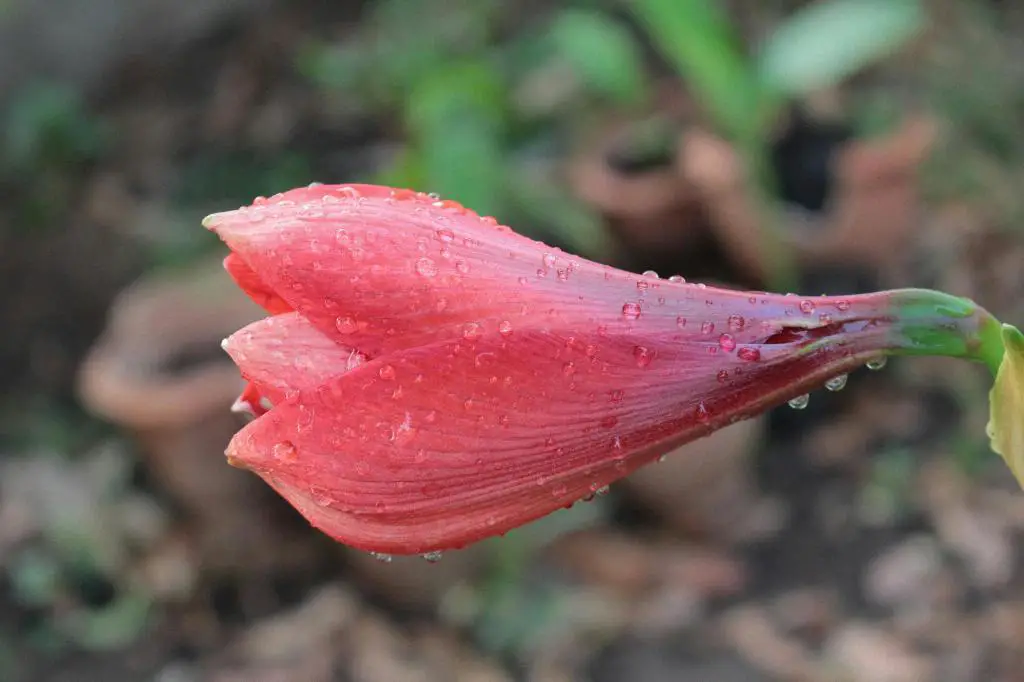Planting waxed amaryllis bulbs can be a rewarding experience, offering the beauty of vibrant blooms without the need for soil or watering. In this comprehensive guide, we will explore the steps to successfully plant and care for waxed amaryllis bulbs, ensuring a flourishing display of flowers in your home. Understanding the importance of proper planting techniques is key to nurturing these low-maintenance plants effectively.
Choosing the Right Potting Soil
Selecting the appropriate potting soil is crucial for the growth of waxed amaryllis bulbs. Opt for a well-draining soil mix to prevent waterlogging, which can lead to bulb rot. Consider factors such as moisture retention and aeration when choosing potting soil, as these elements are essential for the healthy development of the bulbs.
Selecting an Appropriate Planting Container
When planting waxed amaryllis bulbs, it is important to use a suitable container that provides ample space for root growth. Look for containers with drainage holes to prevent excess water accumulation. Ensure the container is sturdy and offers stability to support the bulb as it grows and blooms.
Steps for Planting Waxed Amaryllis Bulbs
Begin by preparing the planting container, filling it with well-draining soil. Gently place the waxed amaryllis bulb in the center of the container, ensuring the top of the bulb remains exposed. Add soil around the bulb, pressing lightly to secure it in place. Water the bulb sparingly to initiate growth, being careful not to saturate the soil.
Caring for Waxed Amaryllis Bulbs
Provide your waxed amaryllis bulbs with bright, indirect sunlight to encourage healthy growth. Water the bulbs only when the soil is dry, allowing the top inch to dry out between watering sessions. Rotate the bulb periodically to ensure even exposure to light, promoting straight stem growth and robust flowering.
Common Issues and Troubleshooting
Monitor your waxed amaryllis bulbs for signs of overwatering or underwatering, such as yellowing leaves or mushy bulbs. Combat pests and diseases promptly by inspecting the bulbs regularly and treating any issues promptly. If your bulbs fail to flower as expected, adjust the watering schedule and light exposure to stimulate blooming.
Conclusion
In conclusion, successfully planting waxed amaryllis bulbs involves careful consideration of soil, containers, watering, and light requirements. By following the steps outlined in this guide and taking proactive measures to address potential issues, you can enjoy the beauty of blooming amaryllis flowers in your home. Embrace the process of nurturing these unique bulbs, and revel in the colorful display they bring to your living space.

